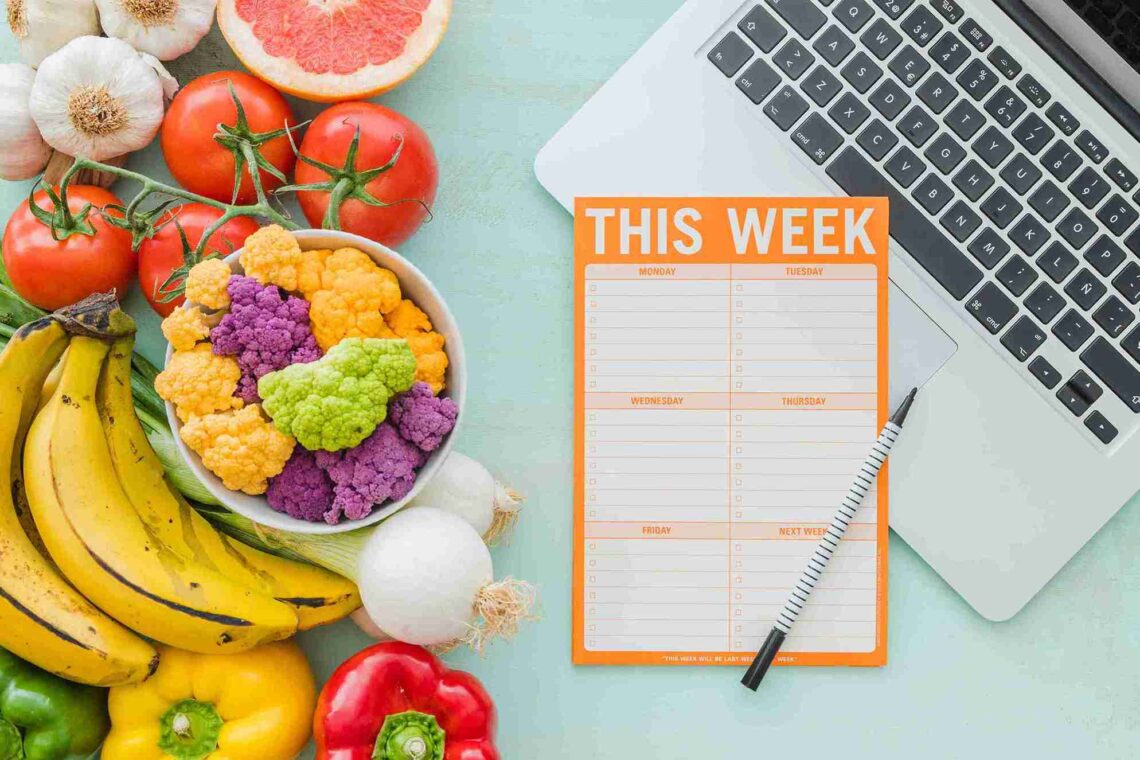In today’s fast-paced world, achieving a balance between work, personal life, and health can feel like a juggling act. The concept of “TheWeeklyHealthiness” embodies a structured yet flexible approach to wellness that prioritizes sustainable habits over fleeting fads. This comprehensive guide explores the pillars of health and how embracing a weekly routine can help you cultivate a more balanced and fulfilling life.
What is TheWeeklyHealthiness Framework?
TheWeeklyHealthiness is not just a catchy phrase but a holistic framework designed to promote well-being. It encourages individuals to focus on achievable weekly goals across various domains of health, including physical fitness, nutrition, mental well-being, and social connections. By adopting a weekly lens, you can break down lofty aspirations into manageable steps, making health an integral part of your lifestyle rather than a daunting challenge.
Why Choose TheWeeklyHealthiness Approach?
TheWeeklyHealthiness planning strikes the perfect balance between long-term aspirations and daily commitments. Unlike yearly resolutions, which often fade by February, or daily habits, which can feel overwhelming, weekly goals allow you to reset and realign frequently. TheWeeklyHealthiness timeframe provides enough space to see progress while maintaining the flexibility to adapt to unexpected challenges.
Pillars of TheWeeklyHealthiness
1. Physical Fitness with TheWeeklyHealthiness
Physical health is the cornerstone of overall well-being. Incorporating regular exercise, proper rest, and preventative care into your weekly routine can lead to significant benefits.
Weekly Fitness Goals
- Cardio Workouts: Aim for at least 150 minutes of moderate-intensity aerobic activity each week. This can include brisk walking, cycling, or swimming.
- Strength Training: Dedicate two days to resistance exercises, targeting all major muscle groups.
- Flexibility and Mobility: Include yoga or stretching sessions to improve range of motion and prevent injuries.
Rest and Recovery
- Prioritize 7-9 hours of quality sleep each night.
- Schedule one rest day to allow your body to recover and rejuvenate.
2. Nutrition Goals in TheWeeklyHealthiness
Good nutrition fuels your body and mind, laying the foundation for a vibrant life. A balanced approach to nutrition emphasizes moderation rather than restrictive dieting.
Weekly Meal Planning
- Plan Ahead: Spend time each week planning meals that include a variety of whole foods.
- Portion Control: Use smaller plates to avoid overeating and ensure balanced portions of proteins, carbs, and fats.
- Hydration: Drink at least 8 glasses of water daily and incorporate hydrating foods like cucumbers and watermelon.
Mindful Eating
- Eat without distractions to fully enjoy your meals.
- Pay attention to hunger and fullness cues to avoid overeating.
3. Mental Resilience with TheWeeklyHealthiness
Mental health is as vital as physical health. Incorporating practices to reduce stress and enhance emotional resilience is essential.
Mindfulness Practices
- Dedicate 10-15 minutes daily to mindfulness or meditation.
- Engage in deep-breathing exercises to lower stress levels.
Weekly Reflection
- Set aside time to journal your thoughts, experiences, and accomplishments for the week.
- Identify areas for improvement and celebrate small victories.
4. Building Social Bonds Through TheWeeklyHealthiness
Human connections play a significant role in emotional well-being. Strengthening relationships can make life more meaningful and reduce feelings of isolation.
Weekly Social Goals
- Connect with Loved Ones: Schedule calls, coffee dates, or family dinners.
- Join a Community: Participate in a group activity like a book club, fitness class, or volunteer organization.
- Digital Detox: Allocate screen-free time to focus on real-world interactions.
Implementing TheWeeklyHealthiness
Step 1: Assess Your Current Lifestyle
Before diving into a wellness routine, evaluate your current habits. Identify strengths, weaknesses, and areas that need attention. Use a journal or a digital tracker to note your daily routines and challenges.
Step 2: Set Weekly Goals
Create specific, measurable, achievable, relevant, and time-bound (SMART) goals for each pillar. For example:
- “I will exercise for 30 minutes, five times this week.”
- “I will prepare three home-cooked dinners.”
- “I will practice gratitude journaling every evening.”
Step 3: Plan and Prioritize
Use a planner or app to schedule your activities. Allocate dedicated time slots for exercise, meal prep, relaxation, and social interactions. Treat these commitments as non-negotiable appointments.
Step 4: Track Progress
At the end of the week, review your achievements. Did you meet your goals? If not, identify barriers and adjust your plan for the following week. Celebrate your wins, no matter how small, to stay motivated.
Step 5: Adapt and Grow
Life is unpredictable, and flexibility is key to long-term success. Modify your goals and strategies as needed to accommodate changes in your circumstances.
Benefits of a Balanced Routine
1. Sustainable Habits
Focusing on weekly goals fosters consistency, turning healthy actions into lasting habits over time.
2. Improved Productivity
A well-balanced routine enhances focus, energy levels, and overall productivity, making you more effective in both personal and professional domains.
3. Enhanced Mood and Resilience
Regular physical activity, nutritious meals, and mindfulness practices boost serotonin and dopamine levels, contributing to a happier, more resilient mindset.
4.TheWeeklyHealthiness: Stronger Relationships
Prioritizing social connections strengthens bonds and creates a robust support system, crucial during challenging times.
5. Greater Self-Awareness
Weekly reflections encourage self-awareness, helping you align your actions with your values and long-term aspirations.
Tools to Support Your Journey
1. Digital Tools
- Fitness Apps: Track workouts and monitor progress with apps like MyFitnessPal or Strava.
- Meal Planning Tools: Use apps like Mealime to simplify grocery shopping and meal prep.
- Mindfulness Apps: Headspace and Calm offer guided meditations and stress-relief exercises.
2. Physical Tools
- Journals: A weekly planner or wellness journal can help you organize and reflect on your activities.
- Fitness Equipment: Resistance bands, yoga mats, and dumbbells support home workouts.
- Kitchen Gadgets: Invest in tools like blenders and air fryers to make healthy cooking more convenient.
Overcoming Common Challenges
1. Lack of Time
Integrate activities into your existing schedule. For instance, take walking meetings or prep meals in bulk on weekends.
2. Loss of Motivation
Find an accountability partner or join a community that shares similar goals to keep you inspired.
3. Perfectionism
Remember, progress matters more than perfection. Even small steps contribute to significant long-term gains.
Real-Life Success Stories
Jane’s Journey to Fitness
Jane, a busy mother of two, struggled to find time for exercise. By adopting a weekly approach, she started with three 20-minute home workouts each week. Over six months, she built a routine that included daily walks and yoga, resulting in increased energy and improved mental clarity.
Mark’s Mindfulness Practice
Mark, a corporate executive, faced chronic stress. Through weekly mindfulness practices, he learned to manage anxiety and prioritize self-care. Today, he credits this approach for his newfound work-life balance.
Conclusion
Creating a balanced life requires intentional effort and regular adjustments. By focusing on weekly goals across physical, mental, nutritional, and social health, you can build a lifestyle that aligns with your values and aspirations. Start your journey today and experience the transformative power of a structured wellness routine!





